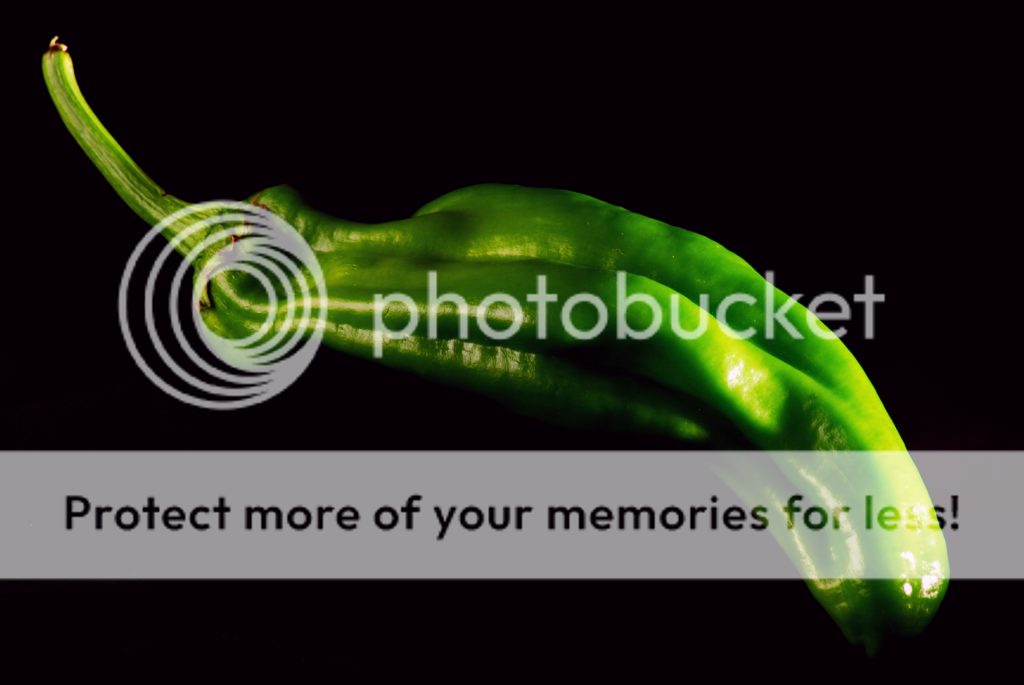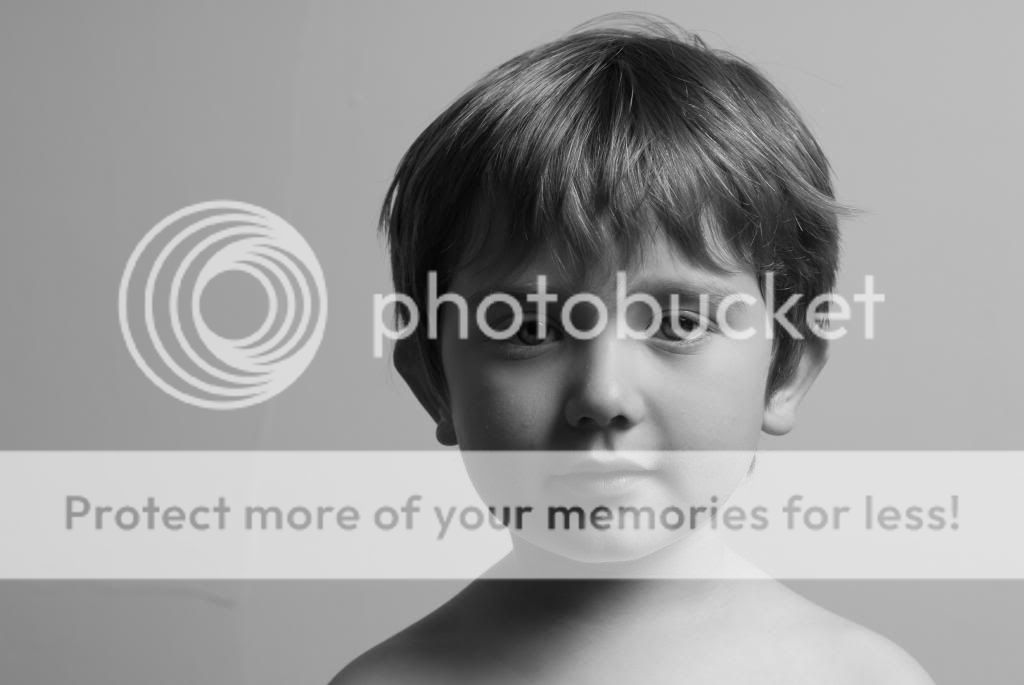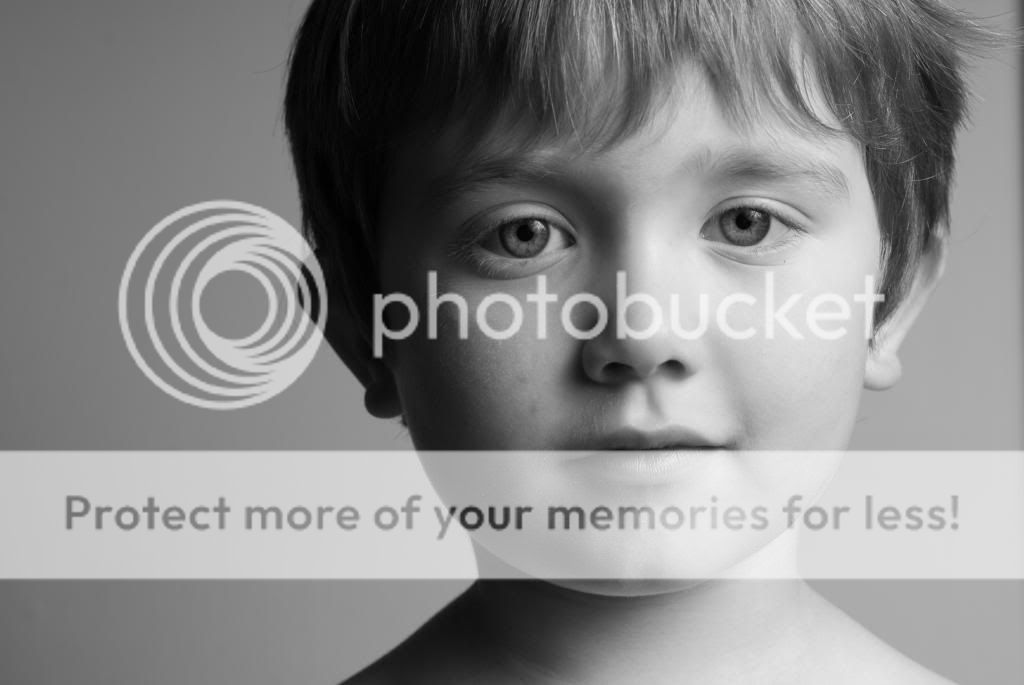Many famous photos are said to belong to the photographers style. Sometimes their style is straight forward and other times it can be many subtle things that combine to an overall style. Sometimes it's lighting, other times it's composition, and sometimes it's the subjects pose.
Ultimately, we as photographers strive to find and develop our own unique styles, but that can lead to a long road of aimless wandering for some, and others find it right away. I like to take some of the classics and study them, then try recreating my own image in the style of.
I find that knowing and understanding some of the classic styles adds to my bag o' tricks for when I come across a situation or subject that I am unsure how to shoot. Often I will start with a classic style and evolve to something on my own.
So, for this thread, I would like to see some shots by others done in the style of a particular artist. Maybe your favorite like Winogrand, or a very familiar like Gowland. Possibly compositional study of Cunningham.
You pick, you study, you shoot!
If you want, feel free to elaborate on what makes the shot in the style of, or just simply list the artist. Hopefully this thread will help some new hobbyists get shots they are happy with and remind veteran shooters of some styles gone out of vouge.
Let's see what you can do!
Ultimately, we as photographers strive to find and develop our own unique styles, but that can lead to a long road of aimless wandering for some, and others find it right away. I like to take some of the classics and study them, then try recreating my own image in the style of.
I find that knowing and understanding some of the classic styles adds to my bag o' tricks for when I come across a situation or subject that I am unsure how to shoot. Often I will start with a classic style and evolve to something on my own.
So, for this thread, I would like to see some shots by others done in the style of a particular artist. Maybe your favorite like Winogrand, or a very familiar like Gowland. Possibly compositional study of Cunningham.
You pick, you study, you shoot!
If you want, feel free to elaborate on what makes the shot in the style of, or just simply list the artist. Hopefully this thread will help some new hobbyists get shots they are happy with and remind veteran shooters of some styles gone out of vouge.
Let's see what you can do!





